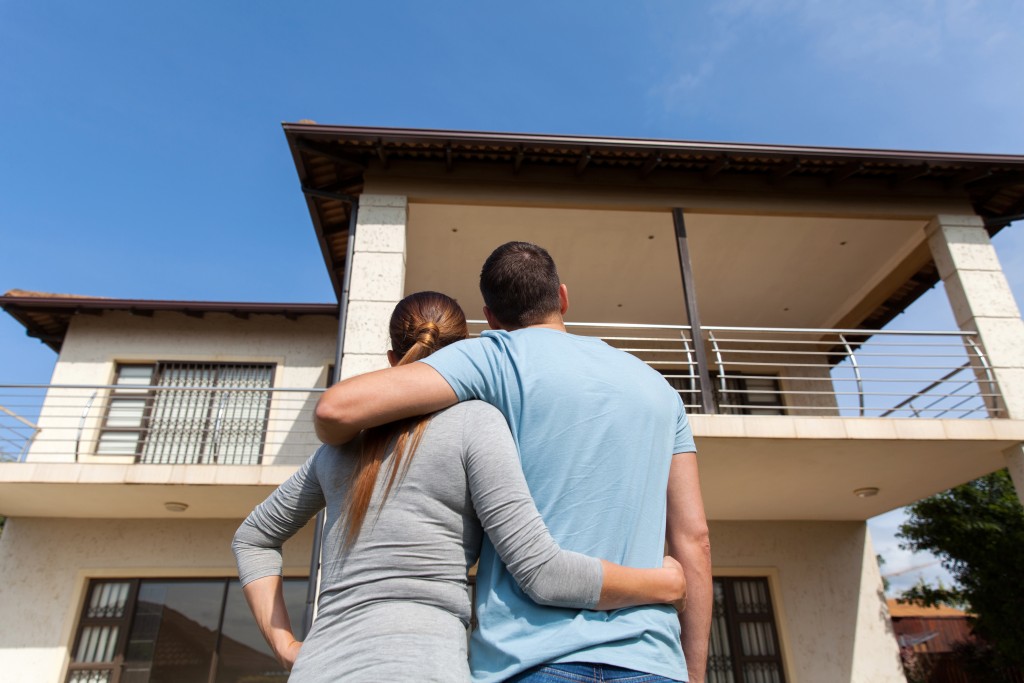Four walls and a roof make a home. And in its various forms throughout history, this has been our way of addressing one of the most fundamental human needs: shelter.
Yet we all know that our living spaces are more than a place to rest. They create environments where we entertain guests and family. Excess space can be used for storage or additional revenue generation by taking on boarders.
The home is an extension of ourselves, and we modify it as we see fit. That could mean improved functionality, as when you replace the blinds in a conservatory with an energy-efficient alternative such as window film. Or it could be a simple act of redecorating and repainting the walls of your room.
These constant upgrades are typically made based on our gut or sometimes responding to an urgent need. Sometimes, they turn out to be sensible in the long term, but they can also prove costly mistakes homeowners regret.
Thinking like a developer
A better understanding of the concept of residential satisfaction can help us to make wiser decisions in matters pertaining to the home.
When a developer plans to upgrade a neighborhood or build one in a new location, they are interested in the psychological factors that make people happy with living situations. Those same factors, if not satisfied, tend to drive us to seek out better circumstances elsewhere.
Housing is a product. If you buy an existing home, the design must match your needs. If you’ve got the resources to build one from scratch, you need to be fully aware of all those needs to end up with something truly satisfying.
When the attributes of your home align with things you value, everything seems to work perfectly. But every household has its unique determinants of satisfaction, and they may change over the years.
Many homeowners obsess about the number, type, and placement of various elements. Do you have enough bedrooms and bathrooms for everyone? Is the living room south-facing to maximize daylight? Is there sufficient insulation in the walls and roof for the cold months?
For others, though, environmental factors may hold more weight. We can grow emotionally attached to places. Sometimes, we fall into the trap of comparing our homes to others in the neighborhood.
Achieving true living satisfaction

Residential satisfaction is well-studied by industry professionals. It’s not just limited to developers but also real estate agents, interior designers, and urban planners. Their jobs depend on understanding and forecasting how various demographics value and respond to different aspects of housing.
Yet the households in question are relatively oblivious to this field of study. We act on impulse, making upgrades based on what’s trending. Or we adopt a reactive mindset and only address maintenance issues as they crop up, using whatever solutions are expedient.
We might have long-held plans of redesigning our homes without necessarily taking into account all the reasons why we’re not satisfied with their current state.
Taking only certain factors into consideration locks many homeowners into a cycle of home improvements that fail to address the root concerns. And if we never truly meet our deepest needs, our daily lives may play out in an environment that negatively affects our well-being.
The alternative is to expand our knowledge of the big picture. Like professionals, we can improve our grasp of all the factors that can make us feel delighted with our homes.
Facing big decisions
No one likes having to deal with additional cognitive burdens and complicated decisions. But the truth is that times to come are only more likely to question our assumptions and bring our values into perspective.
Amid a crisis like the Covid-19 pandemic, we’ve seen many knee-jerk responses on the part of homeowners. Some have used their resources to carve out dedicated home offices or convert their basements into fitness centers. But are those going to figure prominently into your future needs, or are they just another form of riding current trends?
The bigger global concern of climate change will create more severe and frequent disruptions in many areas. In response, our homes need to be built with greater durability, ideally even smaller. Some of us might want to relocate altogether.
Those are major decisions, and you can only hope to get them right with a deep understanding of your unique determinants of residential satisfaction. Build it up over the days and years of living, observe your current situation, and make only the changes that truly matter in the long term.




